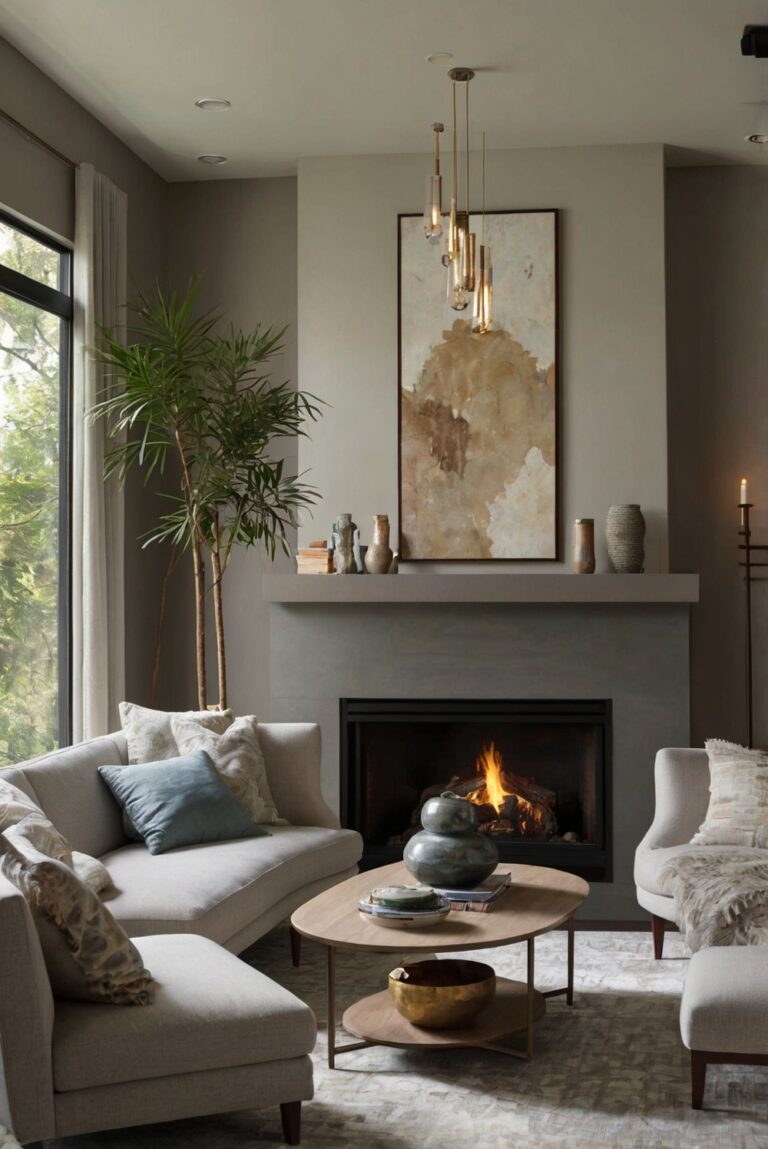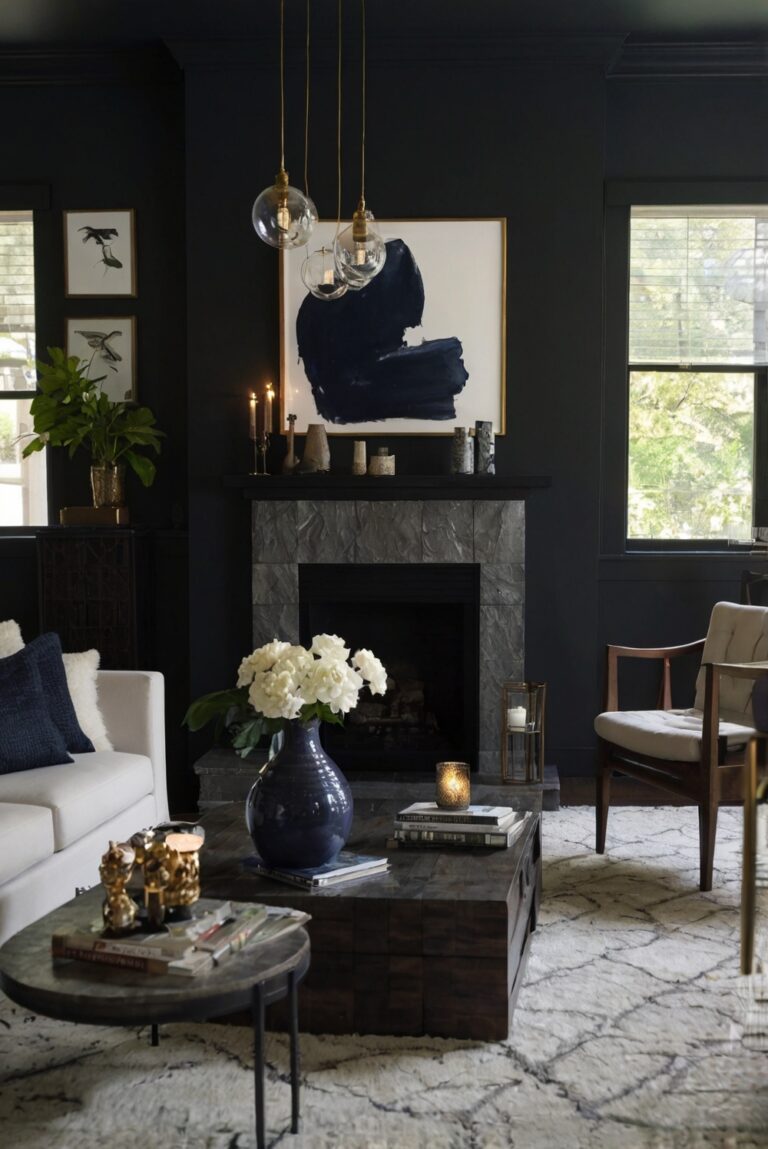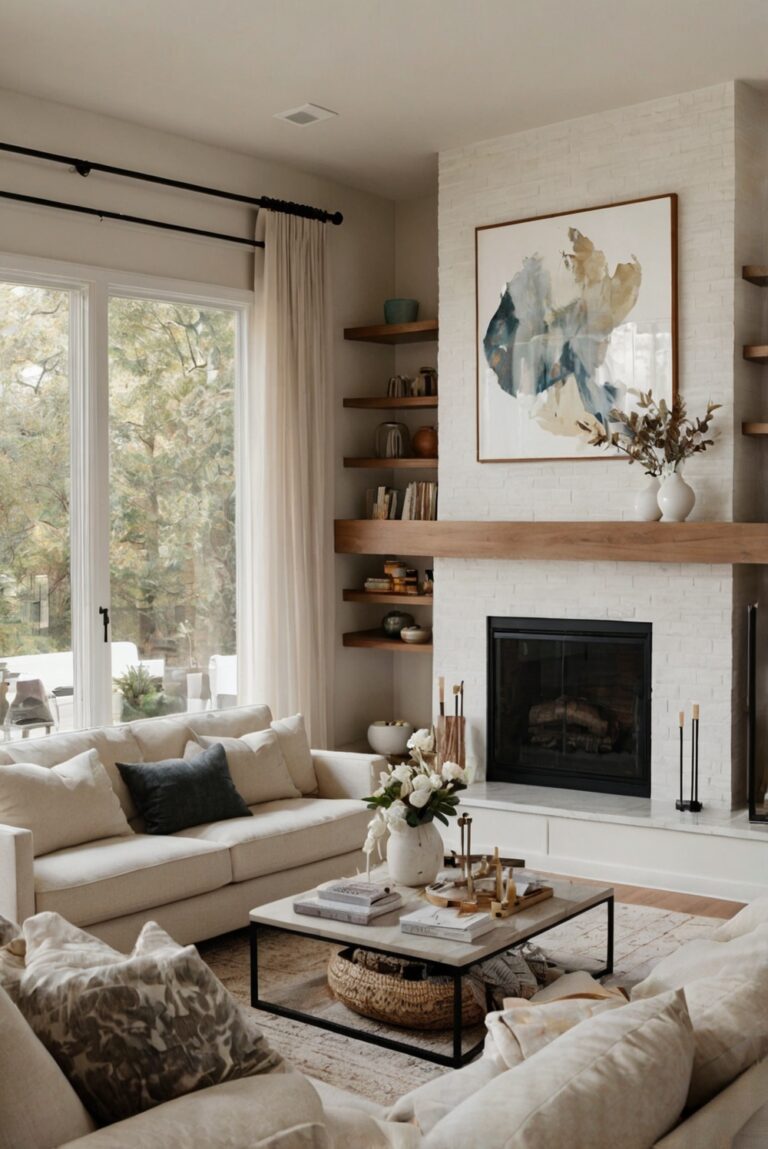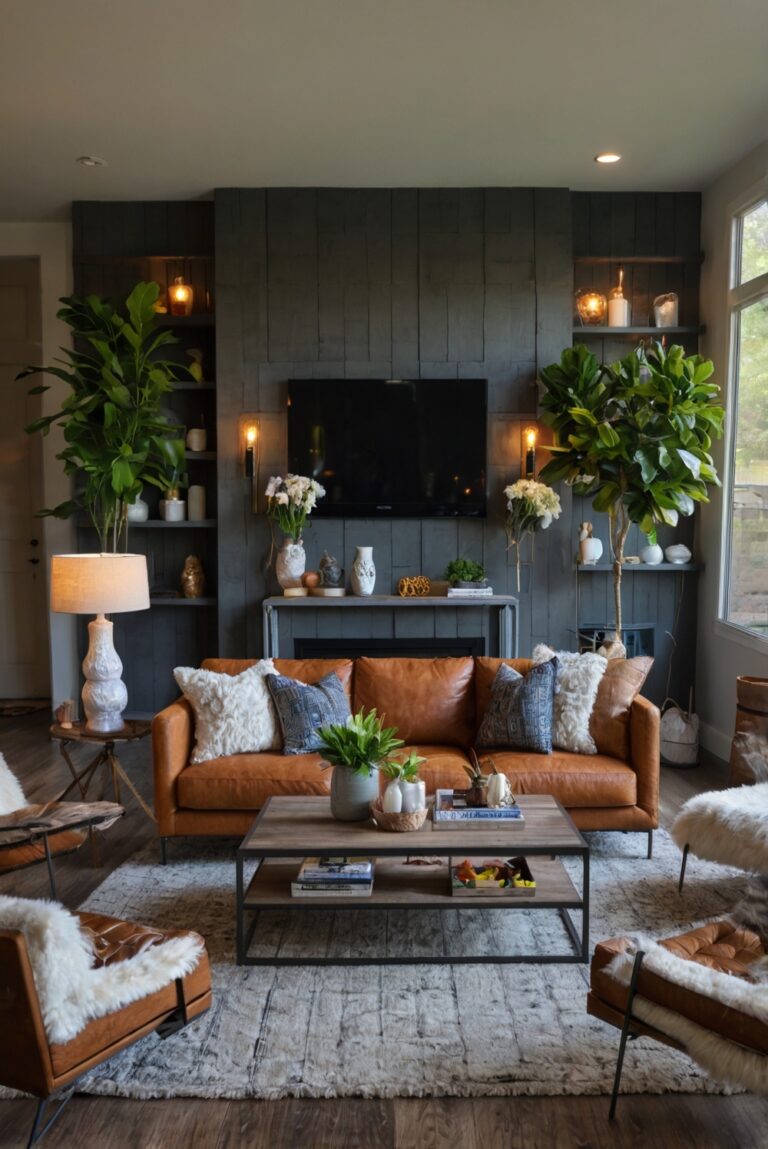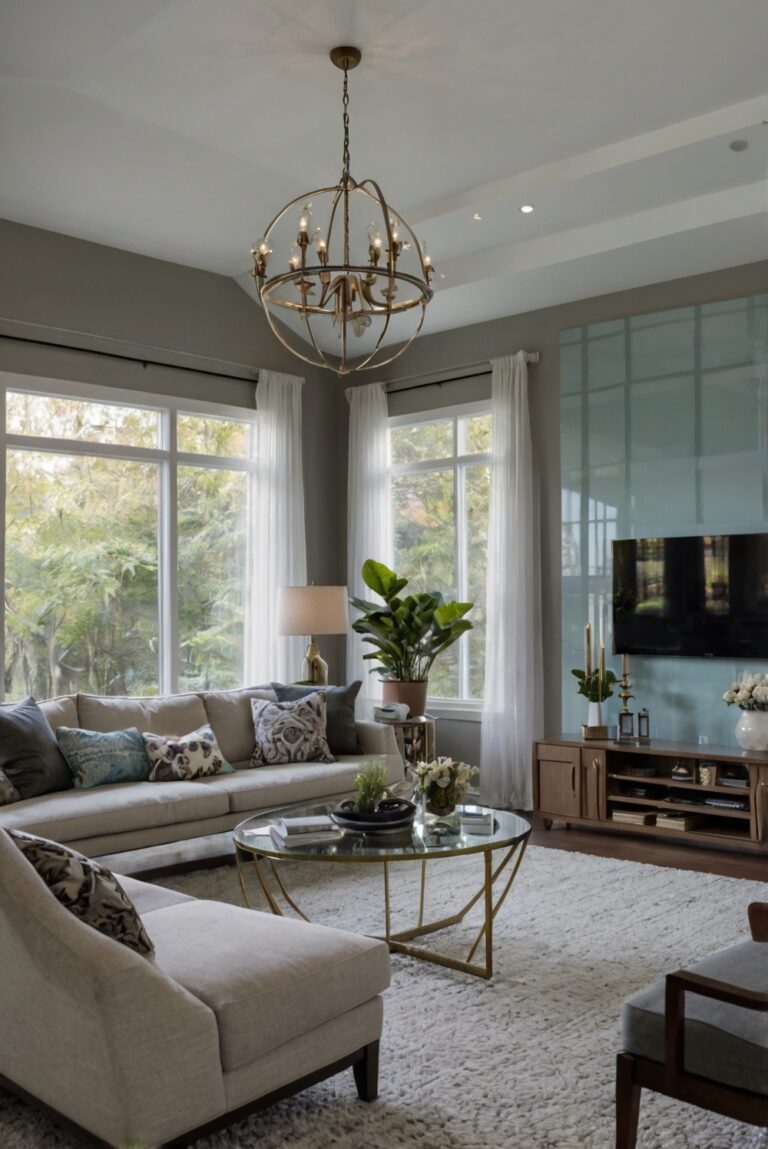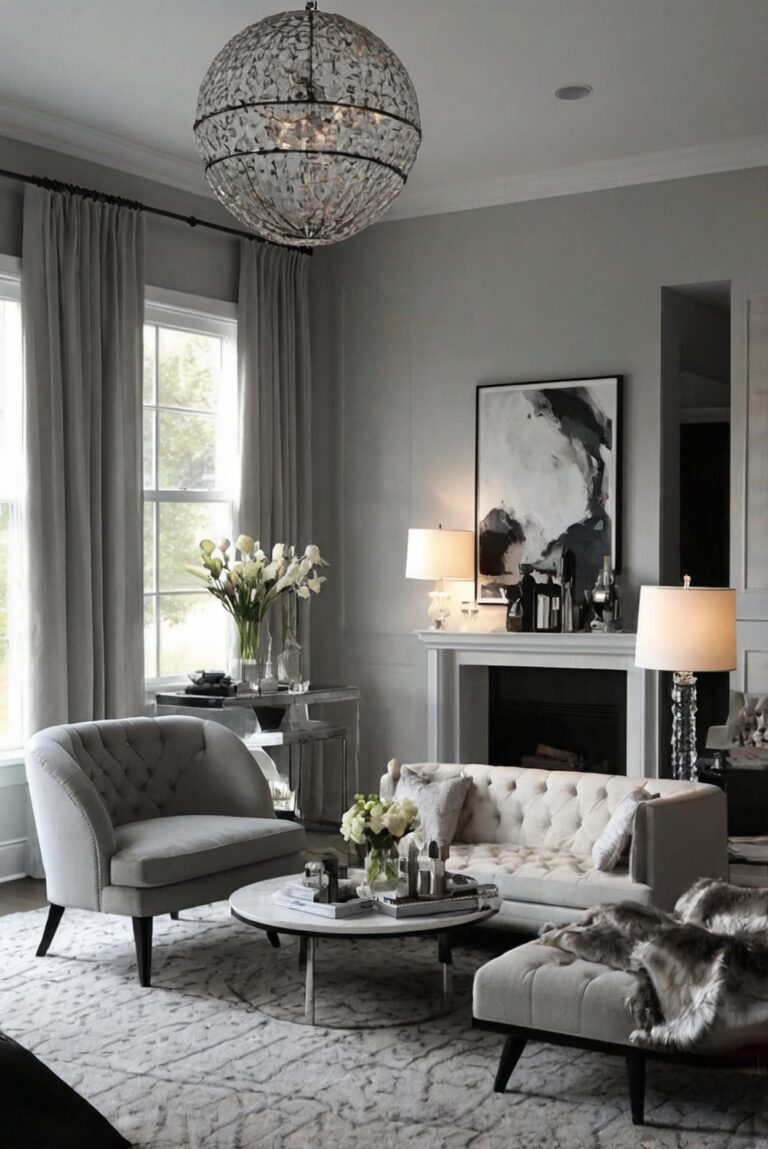How do you incorporate texture with a sofa?
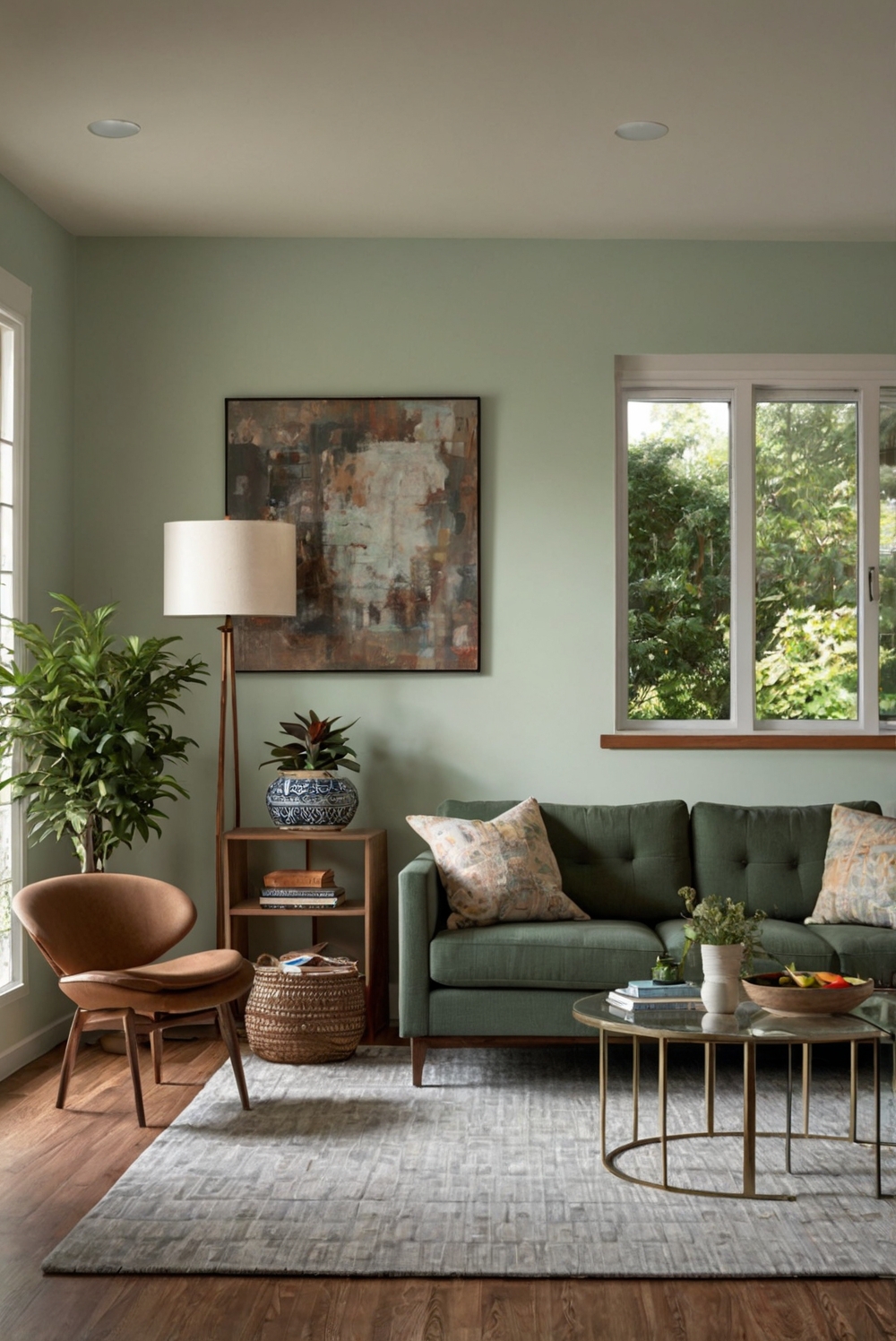
Uncover the secrets of incorporating texture with a sofa in your daily interior design routine. Elevate your space with a touch of luxury and style!
**How do you incorporate texture with a sofa?**
**Answer:**
Incorporating texture with a sofa is a crucial aspect of home decorating. To enhance the aesthetics of a space and add depth to your home interior design, consider mixing and matching different textures on your sofa. This can include using textured pillows, throws, or blankets to create a cozy and inviting atmosphere. Space planning is key in interior design, so make sure the textures complement each other and the overall theme of the room.
When it comes to decorating interiors, focus on blending different textures such as velvet, linen, or leather for a visually appealing look. For example, pairing a textured velvet sofa with smooth leather or cotton throw pillows can create a balanced and stylish living room interior.
Getting creative with designer wall paint can also add texture to your walls, enhancing the overall decor. Consider using primer paint for walls and carefully selecting paint colors that match your furniture and home decor interior design to create a cohesive look.
Overall, incorporating texture with a sofa can elevate the design of your living space and make it more visually interesting. Be sure to pay attention to color matching and space planning to achieve a well-coordinated and welcoming home environment.
How to Incorporate Texture with a Sofa?
When it comes to decorating your living space, incorporating texture with a sofa can add depth and visual interest to the room. Here are some key tips to help you achieve a textured look:
Choose the Right Fabric:
Selecting the right fabric for your sofa is crucial in creating texture. Opt for materials like velvet, linen, or chenille to add a tactile element to your sofa. These fabrics not only feel luxurious but also add visual interest with their texture.
Layer Different Textures:
Layering different textures on your sofa can create a rich and inviting look. Mix and match throw pillows, blankets, and cushions in varying textures such as faux fur, knits, or woven fabrics. This layering effect adds depth and dimension to your sofa.
Consider Contrasting Textures:
Contrasting textures can make a bold statement in your living room. Pair a smooth leather sofa with a chunky knit throw or a sleek velvet sofa with a nubby wool pillow. The contrast between different textures enhances the visual appeal of your sofa.
Utilize Textured Accessories:
Adding textured accessories to your sofa can enhance its overall look. Consider incorporating items like a woven basket, a ceramic vase, or a plush rug to introduce different textures into your living space. These accessories can complement your sofa and tie the room together.
Experiment with Textured Wall Coverings:
For a more dramatic effect, you can experiment with textured wall coverings behind your sofa. Options like wallpaper with embossed patterns, textured paint finishes, or wood paneling can add depth and visual interest to the space. These textured walls can serve as a backdrop that complements your sofa.
Incorporating texture with a sofa is a simple yet effective way to elevate your living space. By choosing the right fabrics, layering different textures, considering contrasting elements, and adding textured accessories, you can create a visually appealing and inviting environment. Experimenting with textured wall coverings can further enhance the overall look of your sofa and living room. Follow these tips to infuse texture into your sofa and transform your space into a cozy and stylish retreat.
1. How can you incorporate texture with a sofa?
To incorporate texture with a sofa, you can start by adding throw pillows in different materials like velvet, faux fur, or knitted fabrics. Mixing and matching these textures can create a visually interesting look. You can also consider adding a textured throw blanket or a rug underneath the sofa to layer textures in the room.
2. What are some tips for incorporating texture with a sofa?
Some tips for incorporating texture with a sofa include mixing different textures in similar color tones to create a cohesive look. Adding a variety of textures like smooth leather, plush velvet, or rough jute can add depth and visual interest to the space. Additionally, incorporating metallic accents or wood elements can further enhance the texture in the room.
3. Why is texture important when decorating with a sofa?
Texture is important when decorating with a sofa because it adds dimension and richness to the space. By incorporating different textures, you can create a layered and visually appealing look that makes the room feel more inviting and cozy. Texture also helps to balance the overall design and can make a sofa stand out as a focal point in the room.
4. What are some popular textures to incorporate with a sofa?
Some popular textures to incorporate with a sofa include velvet, linen, leather, faux fur, and woven fabrics. These textures can add a touch of luxury, warmth, and comfort to the sofa, creating a stylish and inviting space. Mixing these textures in various elements like throw pillows, blankets, and rugs can elevate the overall design of the room.
5. How can you balance different textures when incorporating them with a sofa?
To balance different textures when incorporating them with a sofa, you can start by choosing a dominant texture as a base and layering complementary textures around it. For example, if you have a leather sofa, you can add velvet throw pillows, a knitted blanket, and a jute rug to create a harmonious mix of textures. It’s essential to consider the scale, color, and placement of each texture to ensure a balanced and cohesive look in the room.

